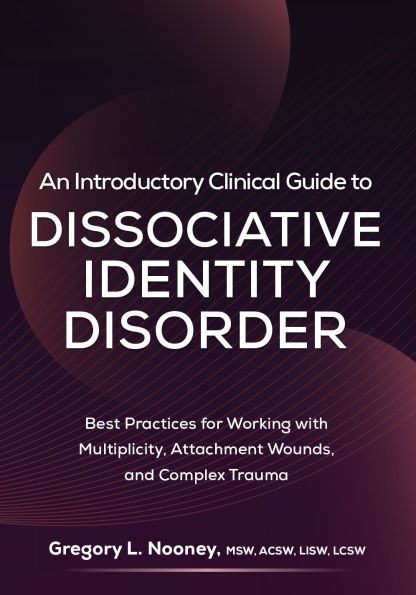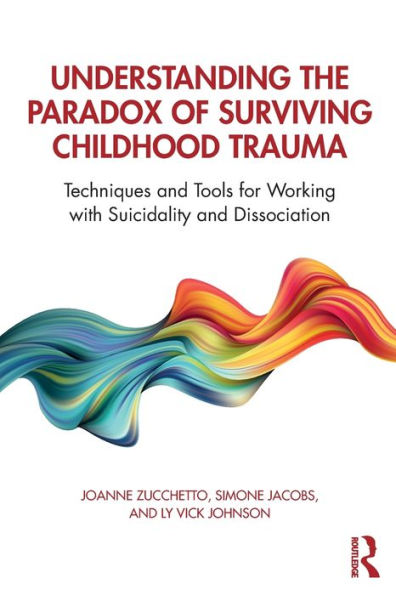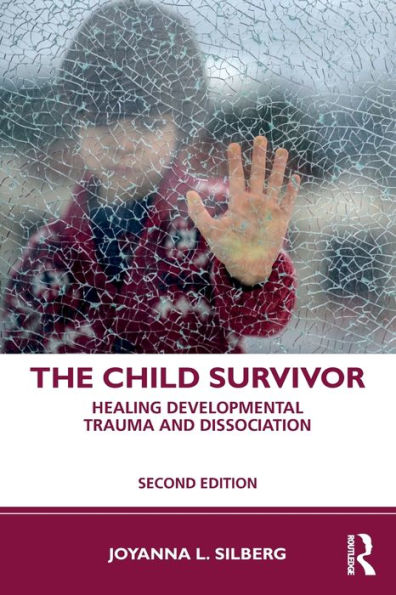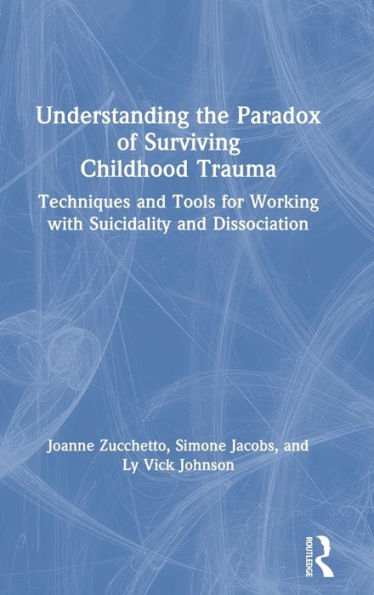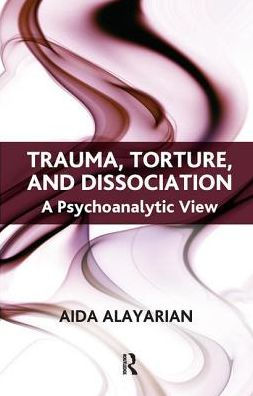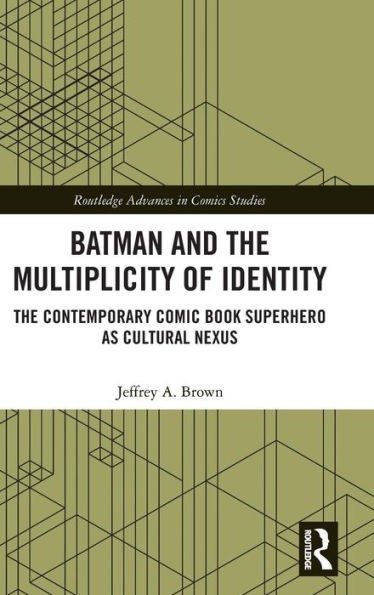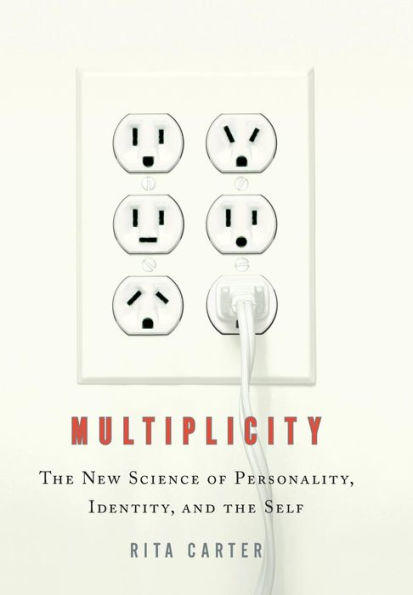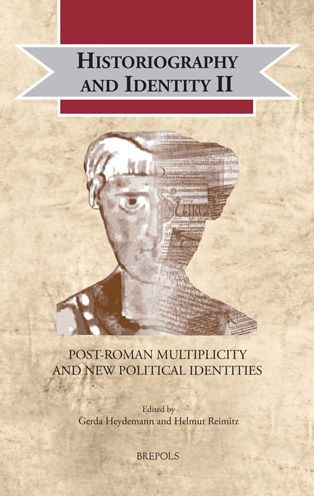Home
Trauma, Dissociation and Multiplicity: Working on Identity Selves
Barnes and Noble
Loading Inventory...
Trauma, Dissociation and Multiplicity: Working on Identity Selves
Current price: $140.00
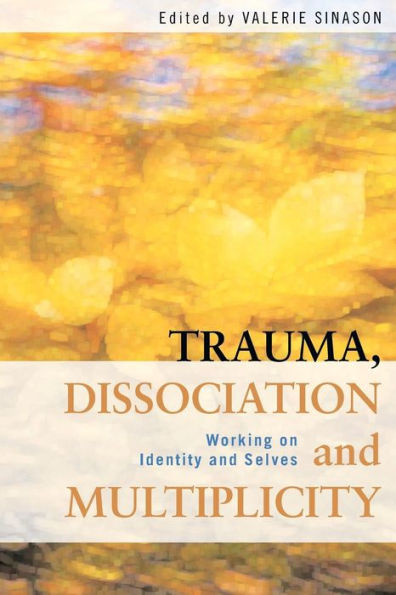
Barnes and Noble
Trauma, Dissociation and Multiplicity: Working on Identity Selves
Current price: $140.00
Loading Inventory...
Size: Hardcover
*Product information may vary - to confirm product availability, pricing, shipping and return information please contact Barnes and Noble
Trauma, Dissociation and Multiplicity
provides psychoanalytic insights into dissociation, in particular Dissociative Identity Disorder (DID), and offers a variety of responses to the questions of self, identity and dissociation. With contributions from a range of clinicians from both America and Europe, areas of discussion include:
the concept of dissociation and the current lack of understanding on this topic
the verbal language of trauma and dissociation
the meaning of children’s art
the dissociative defence from the average to the extreme
pioneering new theoretical concepts on multiple bodies.
This book brings together latest findings from research and neuroscience as well as examples from clinical practice and includes work from survivor-writers. As such, this book will be of interest to specialists in the field of dissociation as well as psychoanalysts, both experienced and in training.
This book follows on from Valerie Sinason’s
Attachment, Trauma and Multiplicity, Second Edition
and represents a confident theoretical step forward.
provides psychoanalytic insights into dissociation, in particular Dissociative Identity Disorder (DID), and offers a variety of responses to the questions of self, identity and dissociation. With contributions from a range of clinicians from both America and Europe, areas of discussion include:
the concept of dissociation and the current lack of understanding on this topic
the verbal language of trauma and dissociation
the meaning of children’s art
the dissociative defence from the average to the extreme
pioneering new theoretical concepts on multiple bodies.
This book brings together latest findings from research and neuroscience as well as examples from clinical practice and includes work from survivor-writers. As such, this book will be of interest to specialists in the field of dissociation as well as psychoanalysts, both experienced and in training.
This book follows on from Valerie Sinason’s
Attachment, Trauma and Multiplicity, Second Edition
and represents a confident theoretical step forward.
Trauma, Dissociation and Multiplicity
provides psychoanalytic insights into dissociation, in particular Dissociative Identity Disorder (DID), and offers a variety of responses to the questions of self, identity and dissociation. With contributions from a range of clinicians from both America and Europe, areas of discussion include:
the concept of dissociation and the current lack of understanding on this topic
the verbal language of trauma and dissociation
the meaning of children’s art
the dissociative defence from the average to the extreme
pioneering new theoretical concepts on multiple bodies.
This book brings together latest findings from research and neuroscience as well as examples from clinical practice and includes work from survivor-writers. As such, this book will be of interest to specialists in the field of dissociation as well as psychoanalysts, both experienced and in training.
This book follows on from Valerie Sinason’s
Attachment, Trauma and Multiplicity, Second Edition
and represents a confident theoretical step forward.
provides psychoanalytic insights into dissociation, in particular Dissociative Identity Disorder (DID), and offers a variety of responses to the questions of self, identity and dissociation. With contributions from a range of clinicians from both America and Europe, areas of discussion include:
the concept of dissociation and the current lack of understanding on this topic
the verbal language of trauma and dissociation
the meaning of children’s art
the dissociative defence from the average to the extreme
pioneering new theoretical concepts on multiple bodies.
This book brings together latest findings from research and neuroscience as well as examples from clinical practice and includes work from survivor-writers. As such, this book will be of interest to specialists in the field of dissociation as well as psychoanalysts, both experienced and in training.
This book follows on from Valerie Sinason’s
Attachment, Trauma and Multiplicity, Second Edition
and represents a confident theoretical step forward.

